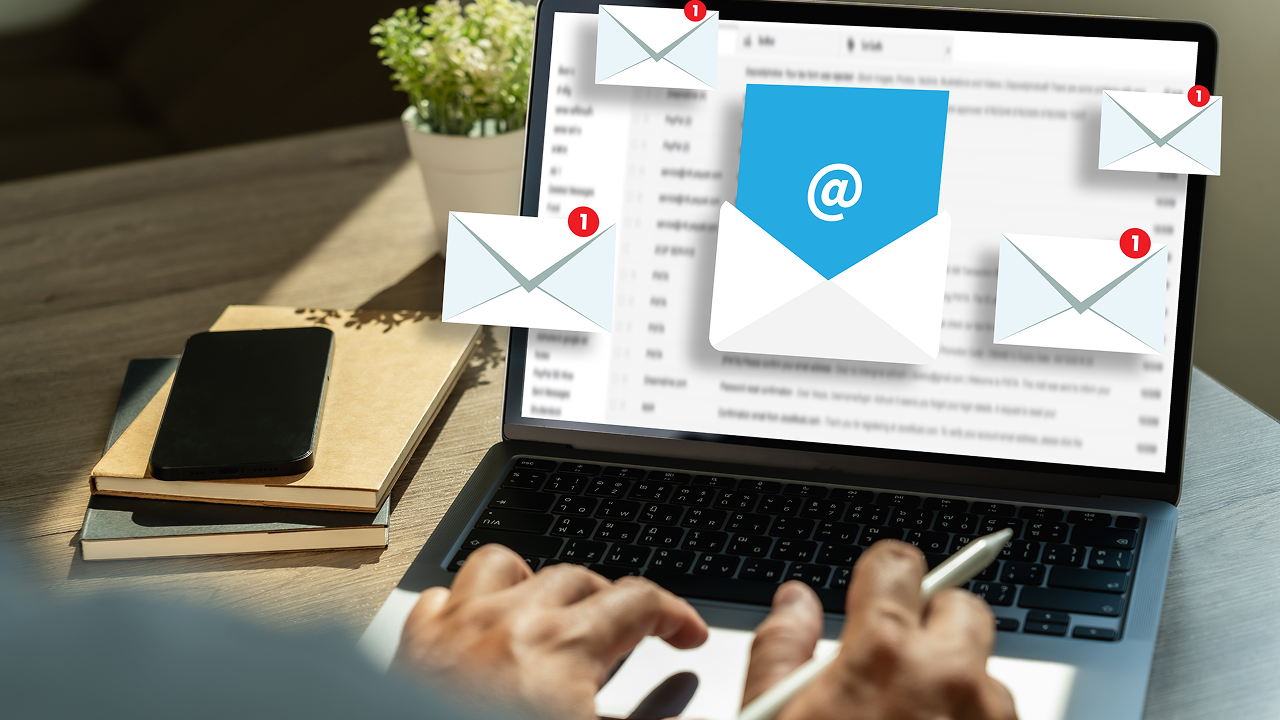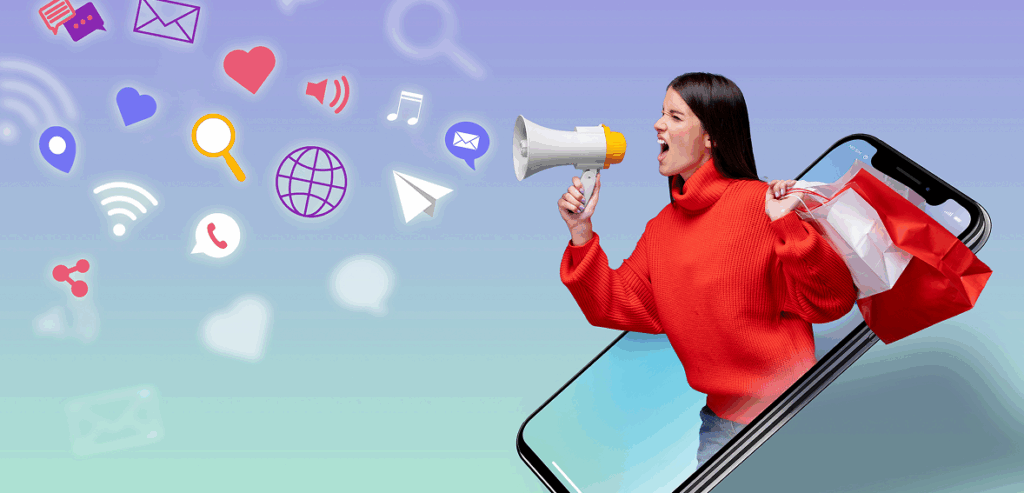
Email Marketing That Drives Repeat Sales (for E-commerce)
Running an online store isn’t just about attracting new customers. In fact, the true profitability of an e-commerce business often comes from repeat sales. Convincing someone who has already bought from you to purchase again is far cheaper than acquiring a new customer through paid ads. This is where email marketing becomes one of the most powerful tools in your arsenal.
While social media platforms and ad campaigns are constantly changing, email remains a direct line of communication between you and your customers. According to recent studies, email marketing delivers an average ROI of $36 for every $1 spent—making it the highest-performing channel in digital marketing. For online stores on Shopify, WooCommerce, Etsy, or Amazon, building strong email campaigns can reduce cart abandonment, boost average order value, and keep customers engaged long after their first purchase.
In this guide, we’ll break down everything you need to know about e-commerce email marketing in 2025. From growing your subscriber list to setting up automated flows and crafting high-converting campaigns, this article gives you a practical roadmap for turning email into your most profitable sales channel.
Why Email Marketing Matters for E-Commerce
Many small business owners mistakenly believe email is outdated compared to social media. But the numbers tell a different story. More than 4.6 billion people worldwide use email, and that number continues to grow. Unlike social platforms, you own your email list—it’s not subject to algorithm changes or paid reach restrictions.
For e-commerce, email marketing does three things exceptionally well:
- Drives repeat purchases – By reminding customers of products, upselling, and cross-selling.
- Builds customer relationships – Through helpful content, personalized offers, and brand storytelling.
- Reduces lost revenue – Especially through abandoned cart recovery emails.
Consider this: if your store generates $10,000/month and you can recover just 15% of abandoned carts through email, you’re adding thousands of dollars in revenue without increasing ad spend.
Step 1: Build and Grow Your Email List
Before you can send emails, you need subscribers. Focus on quality over quantity—you want engaged customers, not random signups.
Tactics to Grow Your List:
- Pop-up Forms: Offer a discount (e.g., 10% off first order) in exchange for an email signup.
- Checkout Opt-ins: Always include a checkbox for marketing emails during checkout.
- Lead Magnets: Provide free value such as a style guide, recipe book, or product care tips.
- Contests & Giveaways: Run campaigns where entry requires an email signup.
- Loyalty Programs: Reward members with exclusive perks delivered by email.
Tools to Use:
- Shopify Email, Klaviyo, Omnisend, Mailchimp (integrate with your store).
Step 2: Set Up Essential Automated Flows
Automation is where email marketing shines. Once set up, these flows run in the background and continuously generate revenue.
Must-Have E-commerce Flows:
- Welcome Series: Sent to new subscribers. Introduce your brand, share your story, and offer a first-purchase incentive.
- Abandoned Cart Emails: Triggered when someone adds items but doesn’t checkout. Send 2–3 reminders with urgency (“your cart will expire soon”) or sweeteners (free shipping).
- Post-Purchase Emails: Thank customers, share product care instructions, or suggest related products. This builds loyalty and reduces buyer’s remorse.
- Win-Back Campaigns: Re-engage inactive customers with special offers or reminders.
- Birthday or Anniversary Emails: Personal touches that encourage repeat buying.
Automation tools allow you to segment by behavior (e.g., people who bought in the last 30 days, big spenders, frequent buyers).
Step 3: Create High-Converting Campaigns

While automations handle background revenue, campaigns are the emails you send manually—such as promotions, product launches, or seasonal sales.
Types of Campaigns That Work:
- Product Launch Announcements: Showcase new arrivals with lifestyle photos.
- Flash Sales: Limited-time discounts to create urgency.
- Holiday Promotions: Black Friday, Cyber Monday, Valentine’s Day, etc.
- Content Campaigns: Educational guides, tips, or blog highlights that keep subscribers engaged even when they’re not ready to buy.
- Customer Stories/Reviews: Showcase testimonials or user-generated content.
Best Practices:
- Subject Lines: 35–45 characters, benefit-focused, sometimes with emojis.
- Preview Text: Complements the subject line, acts like a second hook.
- CTAs: One clear call-to-action per email (Shop Now, Learn More, Claim Discount).
- Mobile-First Design: Over 70% of emails are opened on mobile devices.
Step 4: Personalization and Segmentation
Generic “blast to all” emails rarely perform well. Instead, segment your audience based on:
- Purchase behavior (first-time vs repeat customers)
- Order value (VIP vs bargain buyers)
- Browsing behavior (viewed products, abandoned carts)
- Demographics (age, location, gender if available)
Personalization goes beyond just using someone’s name. Recommend products based on browsing history or previous purchases. For example, if a customer bought running shoes, suggest athletic socks or water bottles in follow-up emails.
Step 5: Reduce Cart Abandonment with Email
Cart abandonment is one of the biggest revenue leaks in e-commerce, averaging 70% abandonment rate across industries. Automated email reminders are the simplest and most effective way to recover these sales.
Anatomy of a High-Converting Cart Email:
- Subject Line: “Forget something? Your cart is waiting!”
- Product Reminder: Include images of items left behind.
- Incentive: Offer free shipping or a discount if they complete checkout.
- Urgency: “Limited stock available” or “Cart expires in 24 hours.”
- Easy CTA: One-click button leading back to checkout.
Many stores recover 10–20% of lost sales just through these emails.
Step 6: Write Emails That Get Opened and Clicked
Good copywriting is the difference between an email that sells and one that’s ignored.
Tips for Better Email Copy:
- Use a conversational tone (write like you’d talk to a friend).
- Keep it short and scannable—people skim emails.
- Focus on benefits, not features. Example: Instead of “Our blender has 6 blades,” say “Smoothies in 30 seconds.”
- Add social proof: reviews, ratings, or influencer mentions.
- Test different subject lines using A/B testing.
Step 7: Track and Improve with Analytics
You can’t improve what you don’t measure. Monitor these key metrics:
- Open Rate (average 20–25% for e-commerce)
- Click-Through Rate (CTR) (2–4% is common)
- Conversion Rate (how many purchased after clicking)
- Revenue per Email (total sales driven by a campaign)
- Unsubscribe Rate (aim to stay below 0.5%)
Use these insights to refine subject lines, send times, and content types.
Step 8: Advanced Strategies for 2025

- AI-Powered Personalization: Tools now automatically adjust product recommendations per user.
- SMS + Email Combo: Pair emails with text reminders for time-sensitive deals.
- Interactive Emails: Add polls, product quizzes, or countdown timers.
- User-Generated Content (UGC): Feature customer photos directly in emails.
Common Mistakes to Avoid
- Sending too many emails (causes unsubscribes).
- Ignoring mobile formatting.
- Not segmenting your audience.
- Overloading with images (hurts deliverability).
- Forgetting to clean your list (remove inactive users).
Conclusion
Email marketing is far from outdated—it’s the backbone of profitable e-commerce marketing in 2025. By building your list strategically, setting up essential automations, crafting engaging campaigns, and personalizing your messages, you can drive consistent repeat sales while reducing reliance on expensive ads. The best part? Once your email system is set up, it works for you 24/7, bringing customers back to your store and increasing lifetime value.
FAQs
Q1: How often should I email my customers?
At least once per week to stay top of mind, but avoid overwhelming subscribers.
Q2: Which tool is best for e-commerce email marketing?
Klaviyo is excellent for Shopify and WooCommerce. Omnisend and Mailchimp are also popular.
Q3: What’s the average ROI for email marketing?
Around 36:1—meaning $36 earned for every $1 spent.
Q4: Do I need a big list for email to work?
No. Even a few hundred engaged subscribers can generate meaningful sales.
Q5: What’s better—emails or ads?
Both are useful. Ads attract new customers; email turns them into repeat buyers.